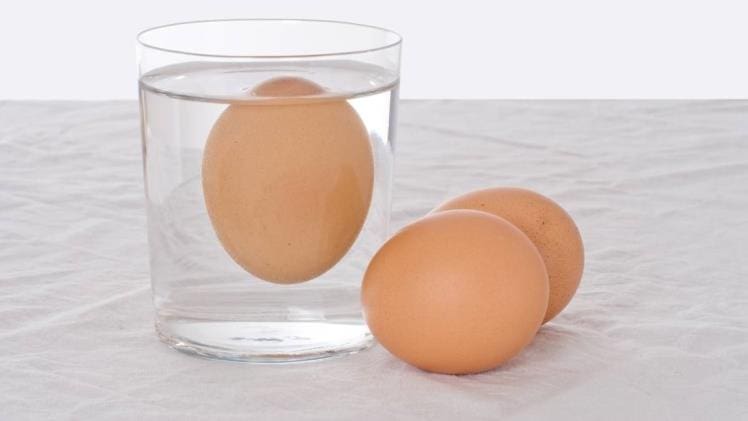Eggs are a versatile ingredient that can be used to make a variety of dishes. But when it comes to cooking with eggs, it’s important to make sure that the eggs you’re using are still good. In this article, we’ll discuss how to test the freshness of an egg and identify a spoiled one.
Testing Egg Freshness
The best way to test the freshness of an egg is to perform the “float test”. To do this, fill a bowl with cold water and gently place the egg in the water. If the egg sinks to the bottom and lies flat on its side, it is fresh. If the egg stands upright on the bottom, it is still safe to eat, but should be used soon. If the egg floats to the surface, it is no longer good and should be discarded.
Another way to test the freshness of an egg is to crack it into a bowl and look at the egg white and yolk. If the egg white is still clear and the yolk is still high and firm, the egg is fresh. If the egg white is cloudy and the yolk is flat and broken, the egg is not fresh and should be discarded.
Identifying Spoiled Eggs
It is also possible to identify a spoiled egg by its smell. A fresh egg should not have any smell. If the egg has a strong, unpleasant smell, it has gone bad and should be discarded.
In addition, a spoiled egg will often have a slimy or sticky egg white and a runny egg yolk. If the egg has a slimy or sticky egg white, or a runny egg yolk, it is no longer good and should be discarded.
In conclusion, it is important to make sure that the eggs you are using are still good. To test the freshness of an egg, you can perform the “float test” or crack it into a bowl and look at the egg white and yolk. You can also identify a spoiled egg by its smell or by looking for a slimy or sticky egg white and a runny egg yolk.

